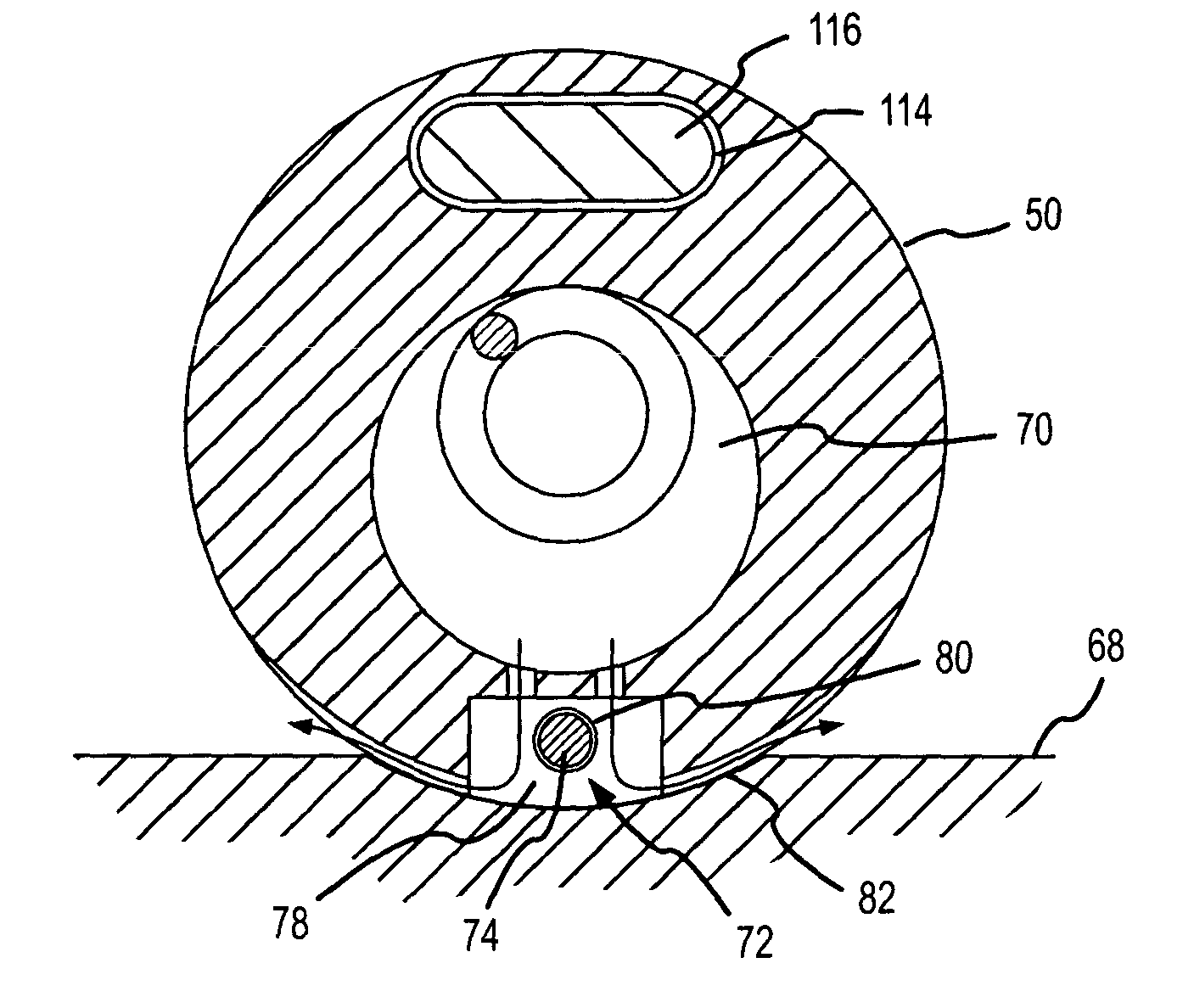Ablation catheter electrode arrangement
a technology of electrode arrangement and catheter, which is applied in the field of ablation catheters, can solve the problems of increasing the vulnerability to thromboembolism, significant patient discomfort, and varying levels of congestive heart failur
- Summary
- Abstract
- Description
- Claims
- Application Information
AI Technical Summary
Benefits of technology
Problems solved by technology
Method used
Image
Examples
Embodiment Construction
[0051]Aspects of the present invention involve an ablation catheter employing a continuous or nearly continuous electrode for delivering a continuous or nearly continuous lesion at a target tissue. In an ablation catheter configured particularly for an ablation procedure at a pulmonary vein in or at the left atrium, the catheter may define a curve, such as a partial or complete loop, at its distal end region. In one particular implementation, the electrode includes an elastically deformable or flexible electrode strand arranged in a saw tooth pattern. The flexible electrode is connected with the catheter along the outside curve of the loop. In another particular implementation, the electrode includes an electrode strand connected with the outside curve of the loop in an interlaced or interwoven pattern. The catheter may include a mechanism whereby the loop shape may be expanded or contracted in order to maneuver the loop into or at a pulmonary vein and change the shape of the loop s...
PUM
 Login to View More
Login to View More Abstract
Description
Claims
Application Information
 Login to View More
Login to View More - R&D
- Intellectual Property
- Life Sciences
- Materials
- Tech Scout
- Unparalleled Data Quality
- Higher Quality Content
- 60% Fewer Hallucinations
Browse by: Latest US Patents, China's latest patents, Technical Efficacy Thesaurus, Application Domain, Technology Topic, Popular Technical Reports.
© 2025 PatSnap. All rights reserved.Legal|Privacy policy|Modern Slavery Act Transparency Statement|Sitemap|About US| Contact US: help@patsnap.com



